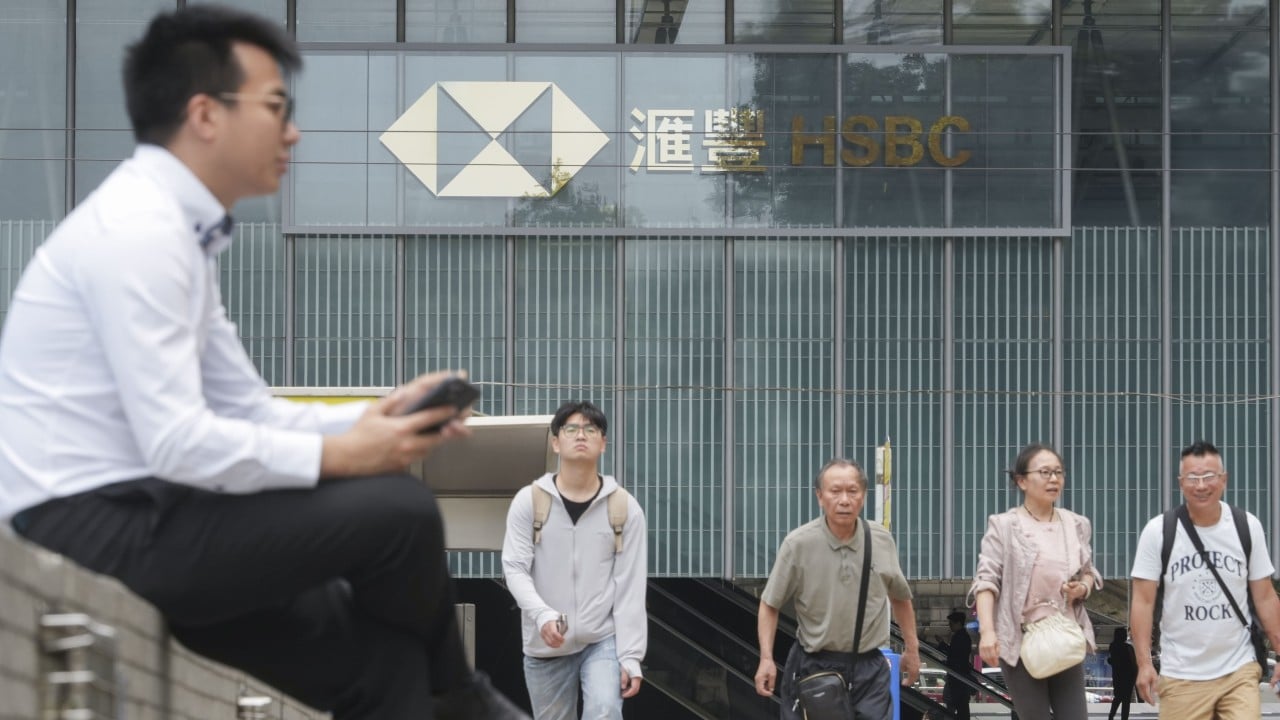
HSBC, Hong Kong’s biggest lender, received regulatory approval to set up a captive insurer, marking the latest step in the city’s development as a risk-management centre, the bank said on Friday.
A captive insurer is one set up by its parent company to provide the parent and other companies in the group with insurance protection against property and casualty risks. This allows the group to better manage risks and retain profits that would otherwise go to an outside insurer.
The new captive insurer, Wayfoong (Asia), which started operating on Thursday, will reinsure employee-benefit risks for HSBC’s 26,000 employees in Hong Kong, as well other Asia-Pacific markets, HSBC said in a statement.
It was the latest investment by HSBC in Hong Kong. In February, group CEO Georges Elhedery said he would redirect US$1.5 billion from “low-return” markets to high-growth areas such as Hong Kong, the mainland, Singapore and India, with wealth management as a priority.
Secretary for Financial Services and the Treasury Christopher Hui Ching-yu said HSBC’s latest move shows the lender’s commitment to Hong Kong.
“Hong Kong has a strong foundation in investment and trade, making it an ideal location for global enterprises to access insurance, reinsurance and risk-management services, as well as to establish captive insurers,” Hui said.
Wayfoong is the first captive insurer in Hong Kong set up by a multinational financial firm, and the fifth captive insurer overall.




















